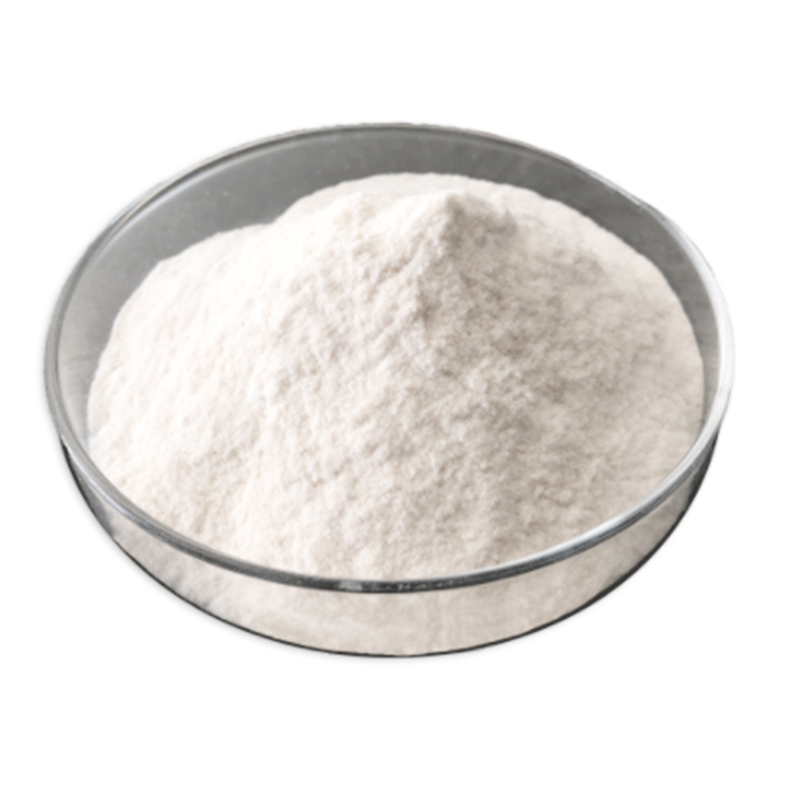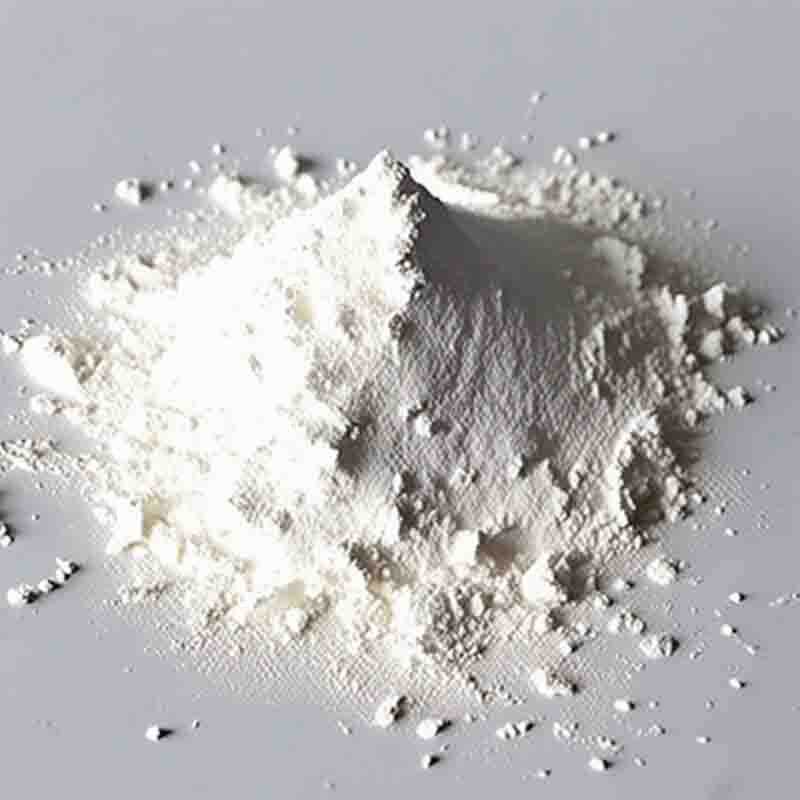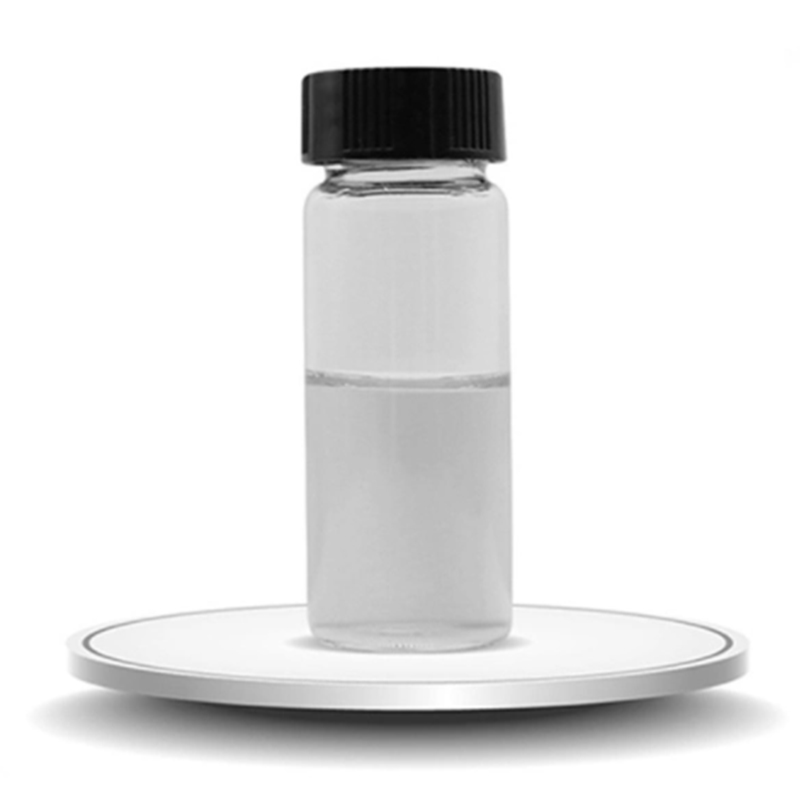(2S,3R,4S,5S,6R)-2-(3-(4-((S)-tetrahydrofuran-3-yloxy)benzyl)-4-chlorophenyl)-tetrahydro-6-(hydroxymethyl)-2-methoxy-2H-pyran-3,4,5-triol CAS: 1279691-36-9
| Catalog Number | XD93372 |
| Product Name | (2S,3R,4S,5S,6R)-2-(3-(4-((S)-tetrahydrofuran-3-yloxy)benzyl)-4-chlorophenyl)-tetrahydro-6-(hydroxymethyl)-2-methoxy-2H-pyran-3,4,5-triol |
| CAS | 1279691-36-9 |
| Molecular Formula | C24H29ClO8 |
| Molecular Weight | 480.94 |
| Storage Details | Ambient |
Product Specification
| Appearance | White powder |
| Assay | 99% min |
The compound (2S,3R,4S,5S,6R)-2-(3-(4-((S)-tetrahydrofuran-3-yloxy)benzyl)-4-chlorophenyl)-tetrahydro-6-(hydroxymethyl)-2-methoxy-2H-pyran-3,4,5-triol is a complex organic molecule with potential applications in various fields, including pharmaceutical and medicinal chemistry.The compound belongs to the class of pyranopyrans, which are cyclic compounds containing a pyran ring fused with another pyran ring. The presence of multiple stereocenters in its structure makes it a chiral molecule, meaning it exists in two enantiomeric forms that can have different biological activities.One potential application of this compound is in drug discovery and development. The structural features of the molecule, such as the benzyl and chlorophenyl groups, combined with the presence of multiple hydroxyl groups, suggest that it may exhibit biological activity. Pharmaceutical chemists can explore the compound's potential as a lead compound for the development of new drugs, especially those targeting diseases involving carbohydrate metabolism.The presence of the (S)-tetrahydrofuran-3-yloxy group suggests that the compound may have the ability to interact with receptors or enzymes involved in carbohydrate metabolism or signaling pathways. Researchers could investigate its potential as an inhibitor or modulator of specific enzymes or receptors involved in these processes. Additionally, the compound's structural complexity may make it a suitable candidate for medicinal chemistry optimization through structural modifications.Furthermore, the compound's pyranopyran scaffold contains multiple hydroxyl groups, which are important functional groups in drug design. Hydroxyl groups can participate in hydrogen bonding interactions, influencing the compound's solubility, stability, and pharmacokinetic properties. Medicinal chemists can leverage these groups to optimize the compound's potency, selectivity, and other pharmacological properties.The compound's structural complexity also suggests potential application in materials science and organic synthesis. Its unique arrangement of functional groups could be utilized for the synthesis of novel organic compounds with specific properties or functionalities. Additionally, the compound may serve as a starting point for the development of new materials, such as polymers or supramolecular structures, with potential applications in various industries.In conclusion, the compound (2S,3R,4S,5S,6R)-2-(3-(4-((S)-tetrahydrofuran-3-yloxy)benzyl)-4-chlorophenyl)-tetrahydro-6-(hydroxymethyl)-2-methoxy-2H-pyran-3,4,5-triol possesses structural features that make it potentially useful in pharmaceutical and medicinal chemistry, materials science, and organic synthesis. Its complex structure and diverse array of functional groups provide opportunities for exploration in drug discovery, enzyme modulation, materials development, and other research areas.









